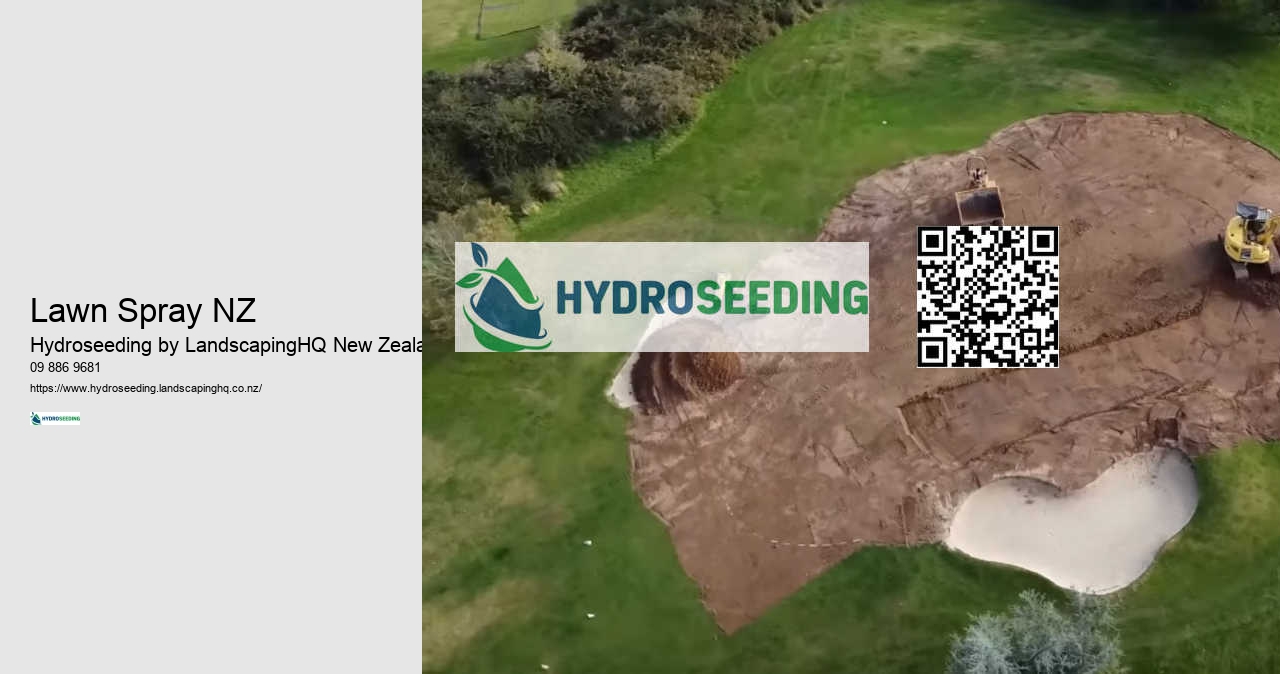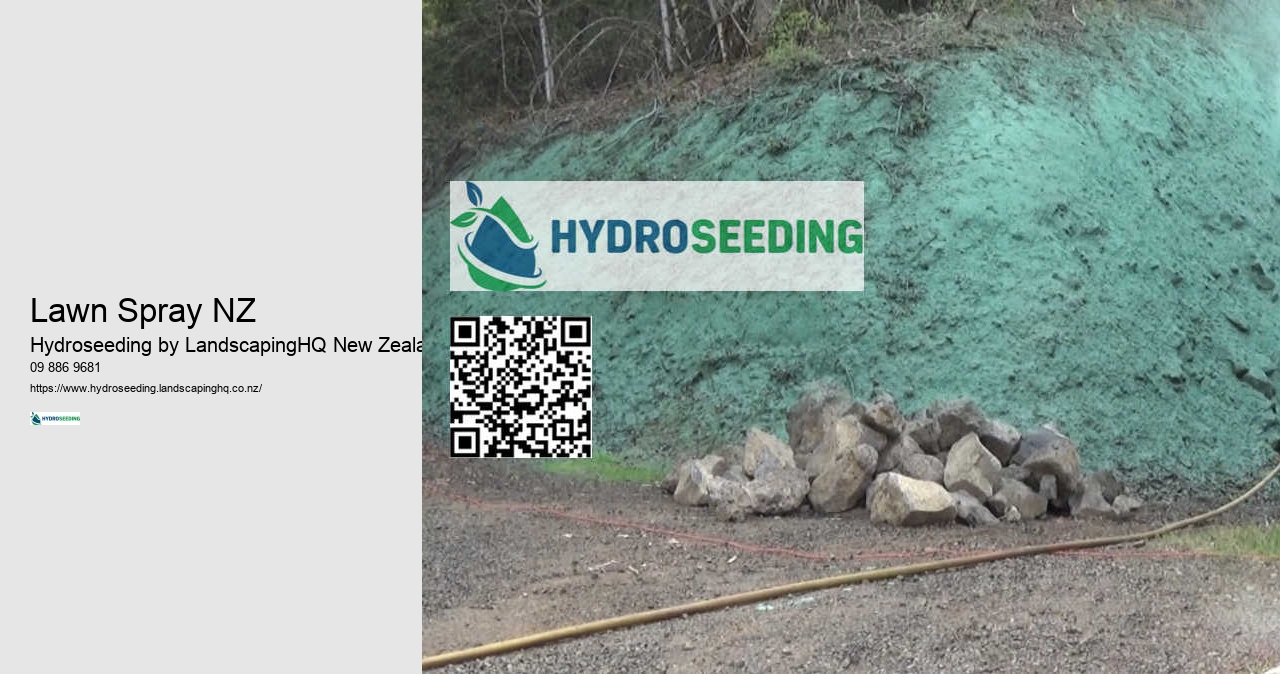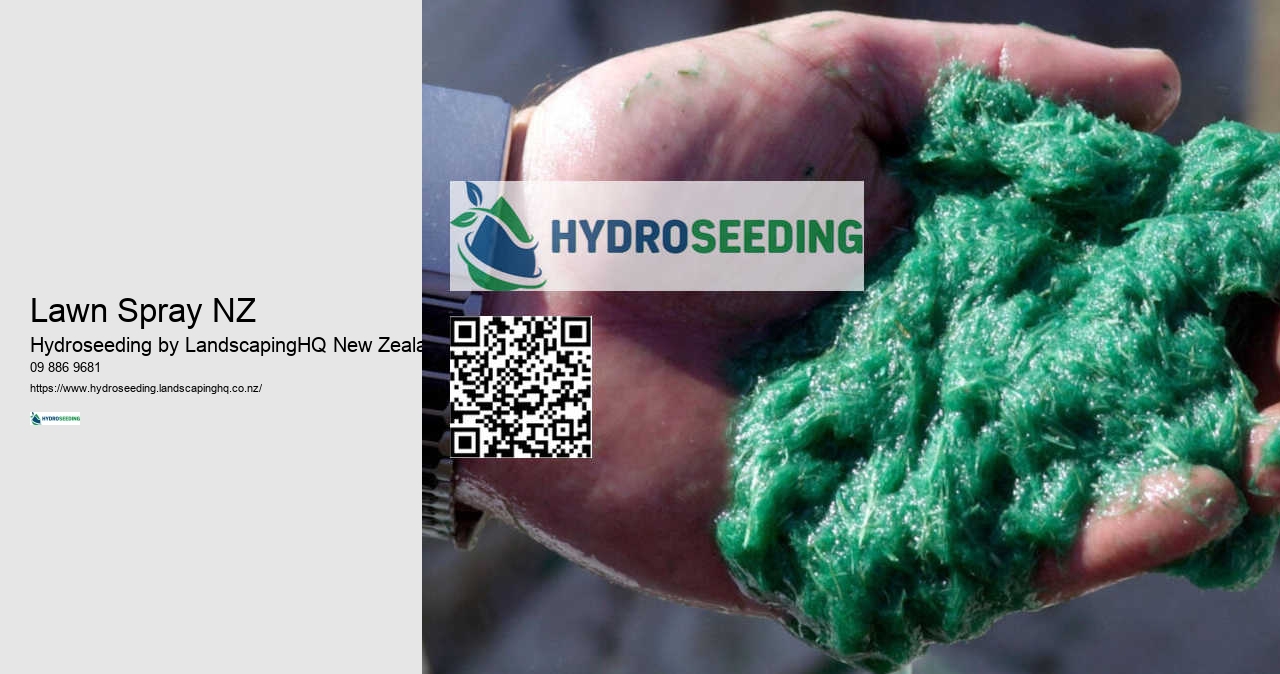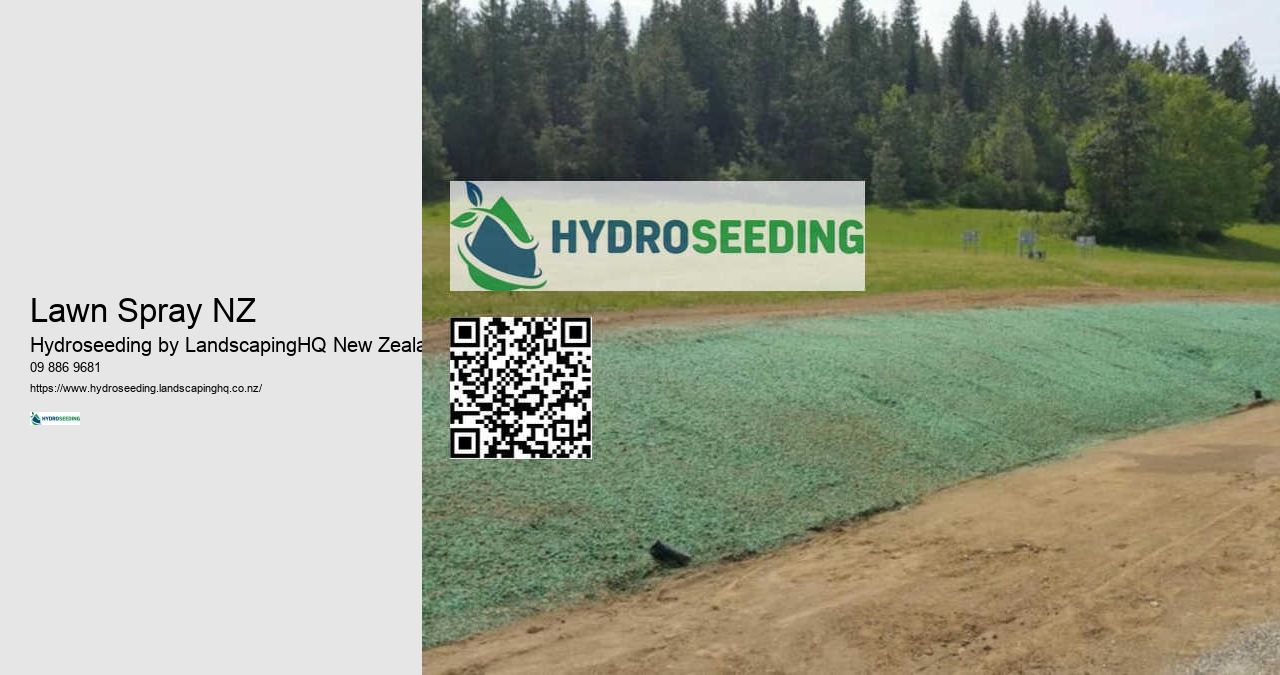

Moreover, using hydroseeding for large areas is cost-effective. Budget constraints are another concern for councils. Our team applies a uniform mix of seed, mulch, fertilisers, and water to the area. First, our expertise in hydroseeding allows us to tailor solutions to meet your specific needs. Weeds compete for resources, hindering grass growth.
Proper soil preparation is a critical step in ensuring successful hydroseeding outcomes. Achieve lush green landscapes effortlessly - Learn how Hydroseeding New Zealand can make a difference. We're committed to working closely with councils to develop tailored solutions that meet their specific needs. To give the new grass a better chance at thriving, remove any weeds or debris as soon possible. The process is not only faster, but it also reduces labor costs when compared with traditional seeding methods.
By doing this, we create a solid foundation for our seeds to thrive. Contact us today to get started! The temperature is moderate during this time, and the rainfall can be sufficient to stimulate seed germination. With our expertise in hydroseeding, we're committed to delivering top-quality turf solutions.
These fields are subjected to heavy foot traffic, as well as varying weather conditions. Mulch contains a special tackifier to help the mixture adhere better to soil. It will grow thicker with time. Raking the soil to remove rocks, debris, and clumps ensures an even layer for the hydroseeding slurry to adhere to.
It provides all the nutrients needed to encourage healthy growth and vibrant colors. Understanding the basics of hydroseeding empowers us to offer top-tier landscaping services. The early autumn months, between March and may, are cooler with regular rains. Tackling the challenge of hillsides and slope stabilization requires expertise and innovation. Once the slurry is ready, we spray it evenly across the designated area using a high-pressure hose.
With the right tools in hand, we're ready to tackle any hydroseeding challenge that comes our way. In addition, hydroseeding provides an environmentally-friendly alternative to other erosion control methods. The hydroseeding mix can be customized for specific conditions to ensure the best possible result on each field. Reinforced soil The result is a lush green landscape which is sustainable and beautiful.
By minimizing soil displacement, we help preserve the integrity of your landscape and prevent further environmental damage. We frequently apply this technique to parks, sports fields, and even erosion control projects. Let's invest in this innovative approach to create thriving outdoor spaces that support our communities and inspire excellence in both academics and athletics. Next, we mix the hydroseeding slurry in a specialized tank, ensuring the components are well-combined for even application.
It is important to take care of the post-seeding. Once the grass establishes, we can reduce watering to two to three times a week. Stadiums, too, benefit greatly from hydroseeding. Inconsistent watering leads to patchy growth and poor root development.
Mowing should begin when the grass reaches about 7.5 cm (3 inches) in height. We must first keep the newly-seeded area moist. By skipping this step or applying it unevenly we can harm the development of the grass. By investing in research and development, we can ensure that hydroseeding remains at the forefront of sustainable landscaping practices in New Zealand.
This helps accelerate germination and root establishment. In regions like the West Coast, where rainfall is abundant, hydroseeding might require careful monitoring to prevent seed washout. The seed establishment process can be affected if soils are not properly aerated, and debris is present.
This step ensures that the soil can support the seed's growth, providing the essential nutrients they need to thrive. We might need to grade the land slightly or incorporate drainage solutions if we notice any problematic areas. The slurry mix ensures the seeds are evenly distributed across the soil, eliminating patches and creating a consistent, dense coverage.
The layer must be applied evenly. This combination not only promotes quick germination but also suppresses weed growth by creating an optimal environment for grass seeds. Last but not least, keep an eye out on diseases and pests.


We strategically choose the best time for hydroseeding, often coinciding with optimal growing conditions. This is particularly valuable for areas with high foot traffic, where traditional seeding might falter. It reduces the labor and material costs associated with traditional sod laying, making it a more economical choice for large areas like parks, sports fields, or commercial sites. This is why we think partnering with you is a good idea.
Hydroseeding is a cost-effective and efficient way to establish beautiful landscapes and lawns. In order to cover large areas, such as sports fields, golf course, parks and other vast terrains, we must use traditional seeding methods. Proper drainage is crucial to prevent water from pooling, which can cause seed rot and hinder germination.
It's tempting for us to believe that more fertilizer will lead to faster growth. We should water lightly two to three times a day, depending on the weather, to keep the soil moist but not waterlogged. Our clients get the lush and vibrant landscapes they want by investing in quality equipment.
This will avoid problems such as poor germination. Hydroseeding vs. traditional seeding is a decision that depends on the specific needs of each individual. It is important to do this step for uniform seed placement and germination.
Weeds can compete with grass for sunlight, nutrients and water. If necessary, applying a selective herbicide can help control weeds without damaging the grass. To avoid damaging the young plants, we'll only want to trim the top third. Hydroseeding is not only efficient but also cost-effective, often costing a fraction of traditional sodding.
The reduced labor and materials compared to traditional methods mean we can provide high-quality landscaping at a more affordable rate. Our hydroseeders are equipped with a mixing tank, pump, and spray nozzle. The future of hydroseeding is also expected to be enhanced by technological advances.
This is especially true in the commercial setting. So, when's the best time to embark on a hydroseeding adventure? Selecting the right seeds is crucial for the success of any hydroseeding project, as it directly impacts the health and appearance of the final landscape.
We can seed several hectares in just a day, making it a practical choice for projects with tight deadlines. From initial consultation to final inspection, we're there every step of the way.

The heart of any hydroseeding operation is the hydroseeder itself. In the initial weeks after hydroseeding, our lawn needs consistent moisture to support seed germination. Watering regularly helps to make the grass thicker and stronger, which makes it more difficult for weeds. Mulch also aids moisture retention and provides a conducive atmosphere for seeds to quickly sprout and establish root systems. The type of seed you choose should reflect your site's unique requirements, such as climate, soil, and what the area is intended to be used for.
This means we see results much faster compared to some other seeding methods. By avoiding the hot, arid summer months, seeds are less likely to dry out. Hydroseeding is an efficient method to cover large areas quickly, making it perfect for corporate campuses, sports fields, and public parks. It reduces the amount of watering required and minimizes erosion.
By using natural materials and promoting healthy soil, we contribute to green spaces that are both beautiful and environmentally responsible. Land clearing Hydroseeders are at the center of any hydroseeding operations. This ensures the seeds have ample opportunity to establish strong roots before facing adverse weather conditions.
Temperature is another critical factor. We know that creating a vibrant landscape that is sustainable and attractive doesn't only mean ensuring long-term satisfaction, but also healthy growth. It is the perfect solution for those looking to strike a balance between quality and price, creating lush, healthy yards without spending a fortune.
Whether we're dealing with high traffic areas or places prone to drought, we can select the ideal seed blend to promote resilience and sustainability. While this method can be less expensive initially, it often requires more time and labor. Patches are eliminated and a uniform, dense cover is created.

It�s best to wait until the grass is fully established�typically 6�8 weeks�before applying any herbicides. This waiting period allows the grass to mature and better withstand the chemicals in weed spray. Contact Hydroseeding New Zealand for post-establishment weed control tips that keep your lawn healthy.
Wait at least 4�6 weeks, or until the grass reaches a height of around 7�8 cm (3 inches), before mowing a hydroseeded lawn. Mowing too early can damage the young grass and affect its growth. Use a sharp mower blade and mow in dry conditions to avoid tearing the grass. Hydroseeding New Zealand can provide guidance on the best mowing practices for newly hydroseeded lawns.
Hydroseeding over an existing lawn is generally not recommended. The best approach is to remove the current grass, weeds, or other vegetation to ensure the hydroseed adheres well to the soil, allowing for better seed-to-soil contact. This maximizes the germination rate and helps the new grass establish itself quickly. Our professionals at Hydroseeding New Zealand can help with soil preparation to guarantee optimal results. Contact us today for advice on preparing your lawn.
Yes, turf can help stop erosion by providing a dense root structure that holds soil in place. Grass roots stabilize the soil, reducing the risk of surface runoff and erosion. Turf is particularly effective on slopes, where it offers an eco-friendly solution to prevent soil loss. Hydroseeding New Zealand can recommend suitable turf and seeding options for erosion control on your property.